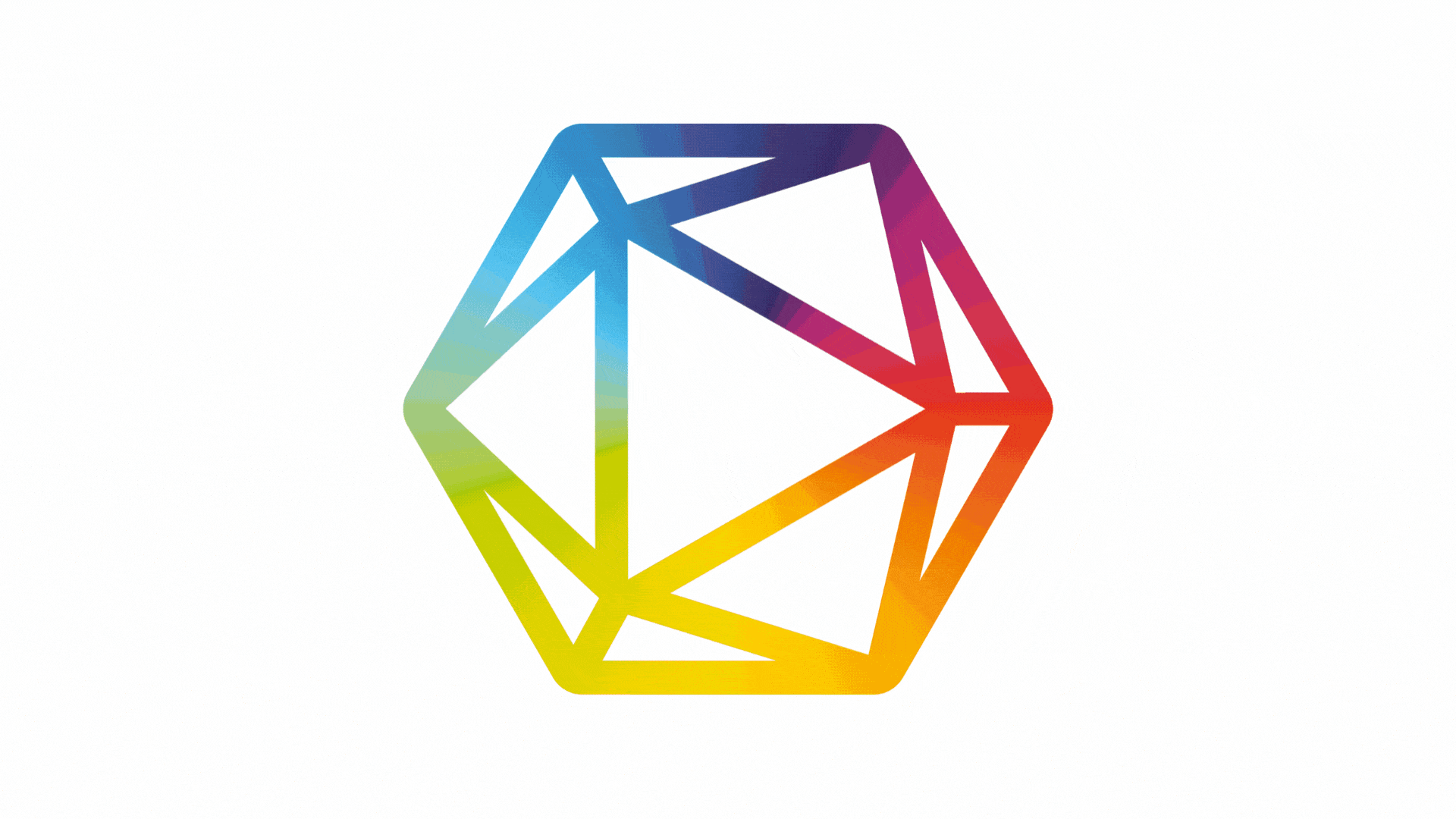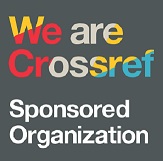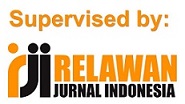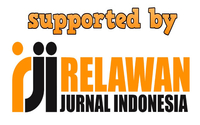DIMANTRA: LINGUAL-TACTUAL SENSORY MEDIA FOR BALI BLIND TOURISM
Abstract
This research aims to design an effective media—Dimantra—to support blind tourism in Bali. The media is intended to help blind tourists to visualize objects and atmosphere in a tourist attraction through lingual narration in the form of audio, equipped with tactual three-dimensional miniatures of the tourist attraction. The theory used in this research was the types of narrative, especially suggestive narrative by Keraf. The method used in collecting data to create the narration audio was observation method supported by note taking technique. Meanwhile, the method used in collecting data related to the effectiveness of Dimantra was interview method supported by closed questionnaire. The results showed that the effective narrative formulation in building visual sensations for blind people was general-specific narrative supported by informative, communicative, and detailed sentences in terms of positions, distances (measurements), directions, textures, and colors. Meanwhile, the effective materials to create proper three-dimensional miniature were newspapers covered with real or semi-real materials such as soft sands to convey beach, hard sands to form rocks, and wet cottons to convey water. Further, Dimantra was considered to be effective in helping blind people to visualize tourist attraction based on the percentage of samples’ responses, namely 53% strongly agree that Dimantra was effective, 37% agree, 5% neutral, and 0% disagree or strongly disagree.
Keywords
Full Text:
PDF (Bahasa Indonesia)References
Badan Pusat Statistik Provinsi Bali. (2019). Perkembangan Pariwisata Provinsi Bali Agustus 2019. Retrieved April 2, 2020, from https://bali.bps.go.id/pressrelease/ 2019/10/01/717189/perkembangan-pariwisata-provinsi-bali-agustus-2019.html
Cantero, K. N. G. (2018). Theoretical Analysis on the Foundations of Sensory-Based Tourism for the Blind. Journal of American Academic Research, 6(1). https://www.academia.edu/38494833/Theoretical_Analysis_on_the_Foundations_of_Sensory_based_Tourism_for_the_Blind.
Fikriyah, D. (2016). Implementasi Huruf Braille dalam Pembelajaran Al-qur’an pada Siswa Tunanetra di Kelas VI SMPLB/ A YPAB Surabaya. Surabaya: Universitas Islam Negeri Sunan Ampel Surabaya.
Handoyo, F., Sholihah, A. N., Novitariasari, A., Hani, A. F., Firdausa, Q. P., & Rahayuningsih, H. (2017). Paket Wisata bagi Difabel di Yogyakarta. Jurnal Pariwisata Terapan, 1(2). Retrieved from https://jurnal.ugm.ac.id/jpt/article/view/30154
Isroyati. (2016). Peningkatan Kemampuan Menulis Paragraf Narasi dengan Penggunaan Metode Field Trip pada Siswa Kelas IX di SMP Dwiguna Depok. DEIKSIS, 8(3).
Karolina, M. dkk. (2019). Model Komunikasi Ideal antara Tuna Netra dan Visual Reader dalam menonton Film. Jurnal Komunikasi, 14(1). https://journal.uii.ac.id/jurnal-komunikasi/article/view/13804.
Keraf, G. (2010). Argumentasi dan Narasi. Jakarta: Gramedia.
Khairani, M. (2016). Media Flashcard Braille terhadap Kemampuan Membaca Permulaan Tunanetra. Jurnal Pendidikan Luar Biasa. https://jurnalmahasiswa.unesa.ac.id/ index.php/jurnal-pendidikan-khusus/article/view/17862.
Much, H. (2017). Meningkatkan Kemampuan Menulis Karangan Narasi Melalui Pendekatan Kontekstual dengan Inspirator Lingkungan Sekolah Siswa Kelas VII SMP Negeri 1 Sani Nggoang, Manggarai Barat Tahun Pelajaran 2016/2017. JIME, 3(1). http://ejournal.mandalanursa.org/index.php/JISIP/article/view/605.
Muhammad, I., Zaien, H. M., & Diwasasri, M. A. (2015). ”BREAD” Aplikasi Alat Bantu Baca Buku untuk Tunanetra Menggunakan Portable Scanner dengan Metode Hard-Text to Voice.
Sari, O., & Dewi, K. (2015). Pemanfaatan jalur pemandu tunanetra pada pedestrian di Kota Semarang. Jurnal RUANG, 1(1). https://ejournal2.undip.ac.id/index.php/ ruang/article/view/81.
Setyaningsih, R. dkk. (2016). Pengembangan Kemandirian Bagi Kaum Difabel. Jurnal Sosiologi DILEMA.
Sudaryanto. (2015). Metode dan Aneka Teknik Analisis Bahasa. Yogyakarta: Sanata Dharma University Press.
Sunarti, M. H. (2019). Analisis Fasilitas Pariwisata di Museum Angkut Kota Batu Bagi Pengunjung Penyandang Disabilitas. Jurnal Administrasi Bisnis (JAB), 72(2). Retrieved from http://administrasibisnis.studentjournal.ub.ac.id/index.php/jab/article/view/ 2876
Tauda, A. dkk. (2017). Kesesuaian Pemenuhan Kebutuhan Difabel Tunanetra dan Tunadaksa di Kota Surakarta terhadap Kriteria Kota Ramah Difabel. Region, 12(2). https://www.researchgate.net/publication/334540617_Kesesuaian_Pemenuhan_Kebutuhan_Difabel_Tunanetra_dan_Tunadaksa_di_Kota_Surakarta_terhadap_Kriteria_Kota_Ramah_Difabel.
Tuti, E., & Eka, N. (2019). DIFA City Tour dan Pemenuhan Kebutuhan Difabel. INKLUSI Journal of Disability Studies, 6 (1). http://ejournal.uin-suka.ac.id/pusat/inklusi/article/ view/1507.
Tyas, D. E., Safitri, M. A., & Prabandari, T. F. (2014). Desain Gambar Braille sebagai Upaya Mengenalkan Objek Binatang secara Visual pada Anak Penderita Tunanetra. https://media.neliti.com/media/publications/170079-ID-desain-gambar-braille-sebagai-upaya-meng.pdf.
DOI: https://doi.org/10.30743/ll.v4i2.3117
Refbacks
- There are currently no refbacks.










